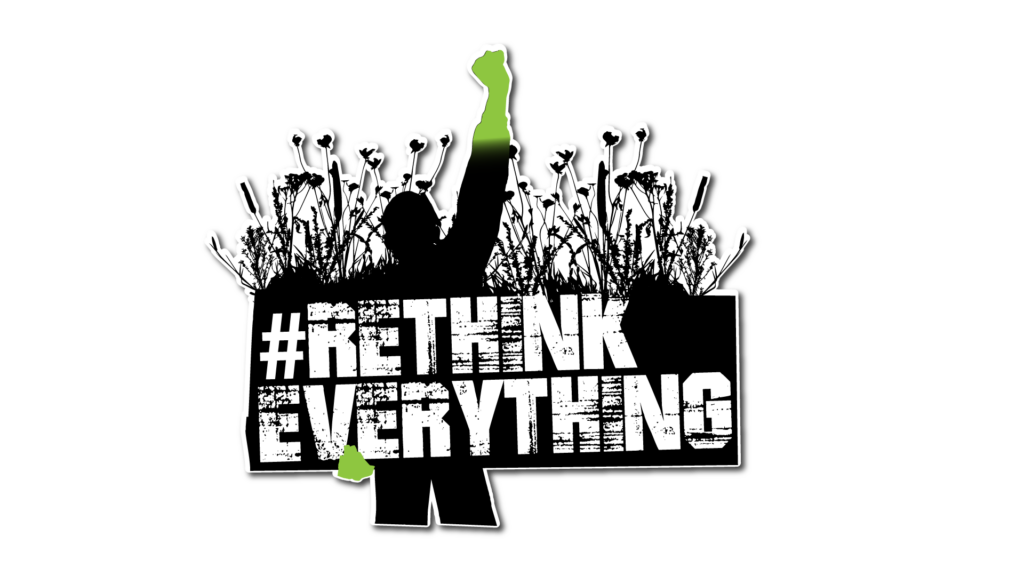HOW TO SOLVE THE CLIMATE CRISIS
Regenerating Life: The Journey Continues
This proposal is for you and your friends and family to use as encouragement and a gentle reminder of the tasks ahead.
.
The climate crisis is a full blown environmental crisis that is caused by far more than the burning of fossil fuels. It is caused by humanity’s ongoing destruction and rampant economic exploitation of the living Earth, humans included. This living Earth, the biosphere, is a robust and self-sustaining system that regulates its own temperature and weather patterns. It does this by cycling water through itself and through the atmosphere and back again. This biologically-modulated flow of water is both warming and cooling, creating its own temperature controlled space.
We experience the climate crisis as an increase in severe storms coming off the oceans, floods, droughts, heat spells, melting glaciers, desertification and wildfires. These are all about water, or the lack of water.
To learn more about how life regulates the climate and how we have screwed it up, watch the documentary Regenerating Life: How to cool the planet, feed the world, and live happily ever after. To cut to the chase, read the outline of solutions below.
The solution to the climate crisis is a major eco-restoration effort with four interconnected campaigns. The solutions are local and there’s something for everyone to do.
Plant plants. Cover the land. Save the Soil. It is estimated that 40% of the land that was once green with plants is now bare. Even the Sahara desert was once green! Bare land radiates far more heat (infrared radiation) than land covered with plants. Therefore, bare land is the primary cause of the increased greenhouse gas warming. Covering the land with plants, especially cover-crops in agricultural fields, is the best way to reduce this excess warming. You can help by planting wildflower, vegetable and shrub gardens, even potted plants. Eat good local food, if you can. Support local ecological farms and farmers’ markets. Join a CSA. Remember nitrogen fertilizers and pesticides kill the soil. Avoid them! Always strive to build healthy living soil that holds water. This leads to nutritious food, healthy people and healthy communities.
Keep the Water Upstream. The small water cycle is the cycle of water on the land. It goes from rain to soil, to plants, and, through transpiration, back to rain. Transpiration, which is a plant’s way of sweating, cools the land. But we have destroyed the wetlands and, in many cases, gone to great efforts to send storm waters quickly back to the oceans. To keep this water on the land, we must mimic nature and beavers by literally rebuilding the streams, ponds, lakes, wetlands, and rivers. Each of these environments is a biodiverse ecosystem teaming with life. In your community, what happens to the rain once it hits the ground? If you live near the ocean, support and join communities fighting to save ocean ecosystems, barrier reefs and coastal wetlands.
Save the Forests. Trees cool. Over centuries we have grossly depleted the Earth’s wonderous forests. Don’t cut down trees unless absolutely necessary. Support efforts to save and rebuild forests. Remember a forest is more than a bunch of trees. Forest ecosystems are air conditioners and, through the biotic pump, bring fresh water in from the ocean and move it across continents. Forests cool the planet and are our best defense against global warming. Standing trees in cities and residential areas should be nurtured and protected. Saving forest ecosystems helps prevent water scarcity and wildfires.
Work with Nature. Work with nature to rebuild the Earth’s ecosystems, including human communities. If you live in the suburbs think about converting your grass lawn into a biodiverse meadow, or a vegetable garden, or a botanical garden. And build parks around the wetlands, revere them, be thankful for them. If you live in a city, develop parks and community gardens, and support ecological farms and farmers markets. Work with others who are restoring ecosystems in your community. Stop polluting our air and water! Curb your consumerism! Reduce the use of plastics! Recycle! It’s all hands on deck.
It Will Take Generations. We must expand our time horizons and start to think in terms of hundreds of years… the time it may take to regrow a sustainable forest, for example. The task may seem daunting, but the good news is that every day will be an improvement. It’s a healing process.

